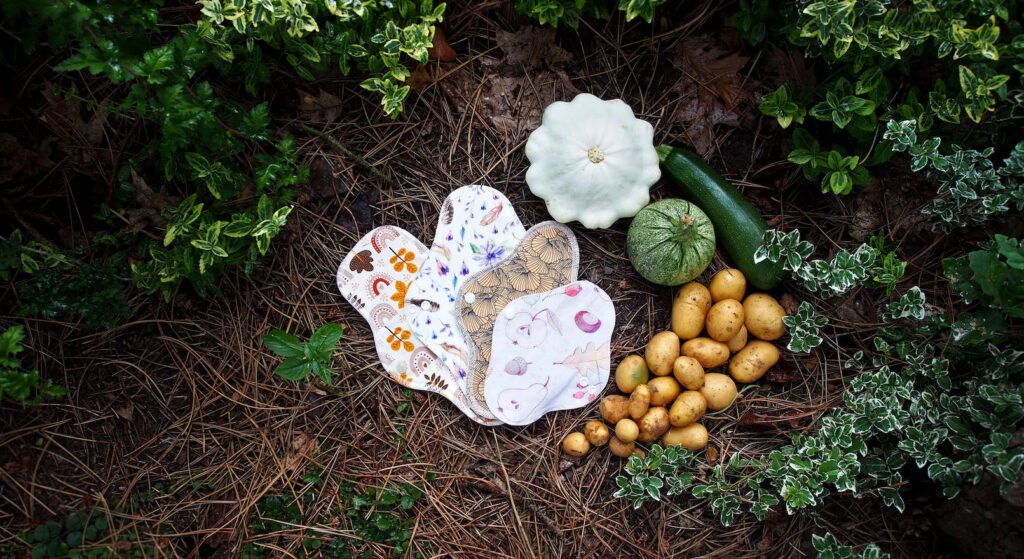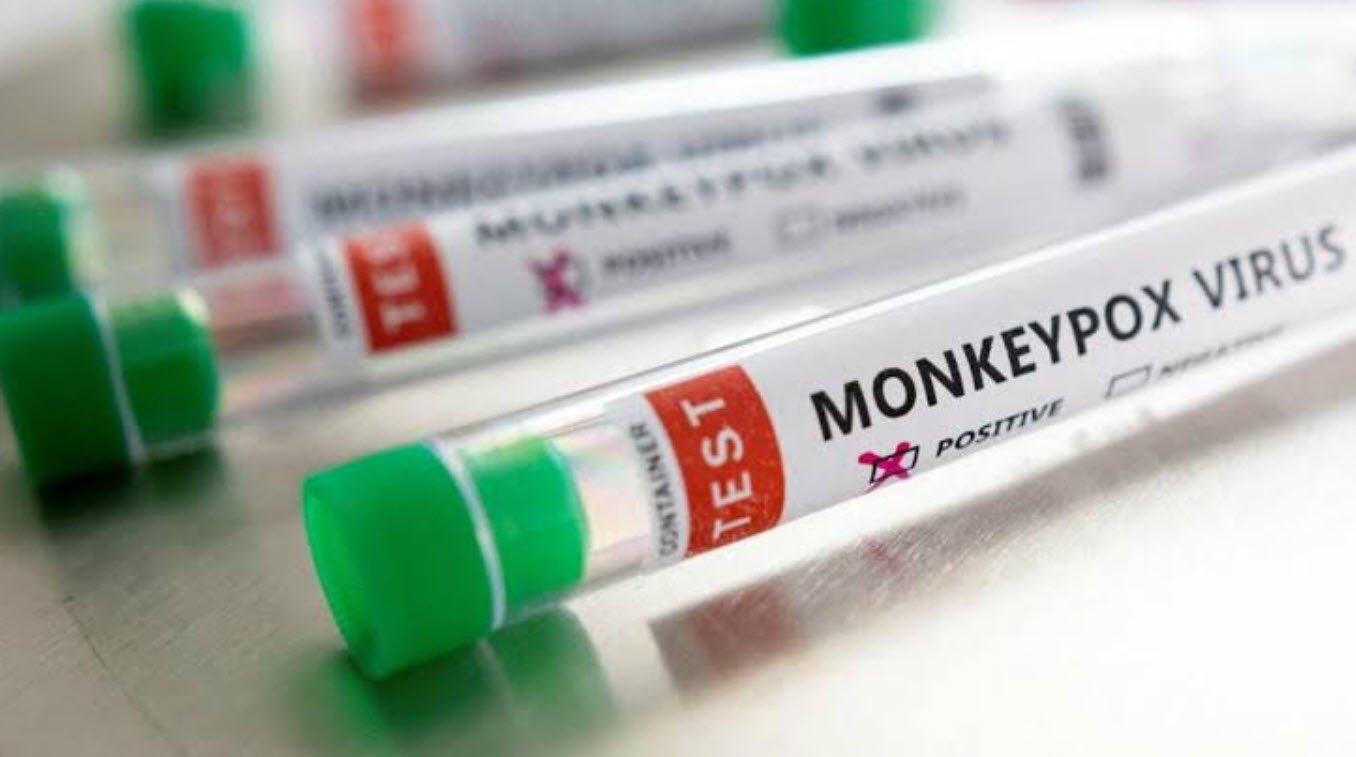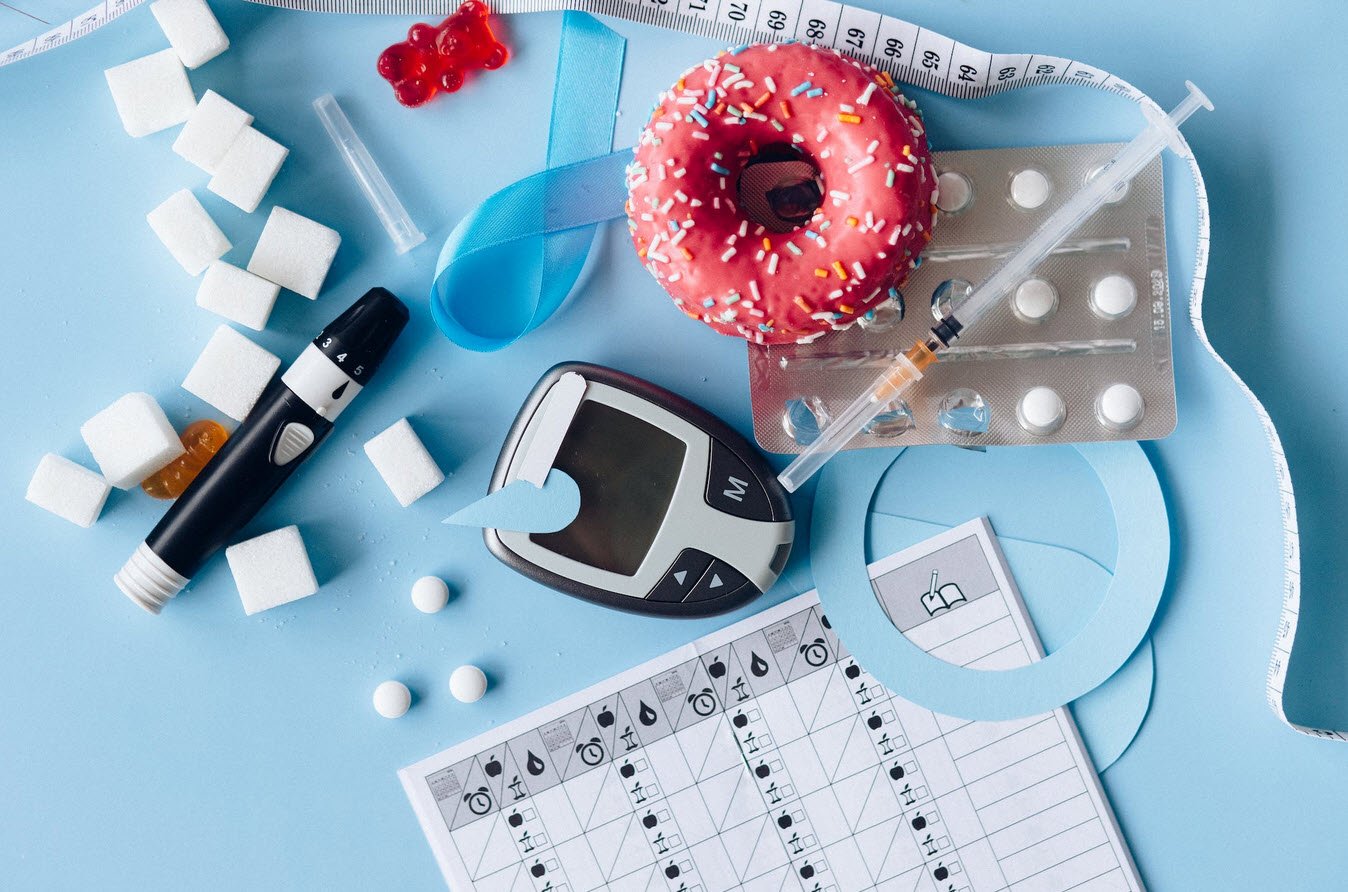
Menstrual disorders are a disruptive physical and/or emotional symptoms just before and during menstruation, including heavy bleeding, missed periods and unmanageable mood swings.
A woman’s maternal instincts are nearly entirely influenced by the feminine hormones in her body. The ovaries, a pair of almond-shaped glands, are where these hormones are made. They are each located on the opposite side of the uterus or womb, deep inside the pelvis.
Estrogen and progesterone are the two main female hormones. These hormones give the woman power and endurance, and they also contribute significantly to the oddly feminine contour of her body. When a girl is about 12 years old, her ovaries begin releasing enormous amounts of estrogen, the main female hormone.
She can grow quickly as a result, becoming a typical young woman. The start of her period at this time marks the beginning of the reproductive stage of her life, during which she can have children.
This stage could last for 35 years or so. The female process of ovulation, or the movement of the egg cell or ovum from the ovary to the womb ready for conception, is linked to the menstrual cycle.
Nature makes this provision so that the womb’s interior can be cleaned and reproduction can proceed regularly. The flow typically lasts four days and has a 28-day cycle. In addition to pre-menstrual tension, the main issues with menstrual flow are painful menstruation, halt of menstruation, and excessive menstruation.
Although extremely prevalent, these illnesses are not typical. Healthy women who follow natural laws and consume natural foods in their diets do not experience monthly suffering. Nutritional deficiencies, which result in a lack of and improper metabolism of female sex hormones, are the primary cause of the majority of menstrual disorders.
Here is a quick discussion of these conditions.
1. Dysmenorrhoea:
In today’s society, painful menstruation, or dysmenorrhoea as it is known in medical terminology, is a relatively common occurrence. This problem can be linked to a system that is toxic and crippled in general, and the sex organs specifically, as a result of poor eating habits, unhealthy lifestyle choices, and mental tiredness.
Two to three days prior to the flow, right before it starts, or even throughout it, some may experience pain. Usually, pain that begins two or three days prior to the discharge indicates that the ovaries are not working well. This is a glandular disorder, and in most cases, a thoroughly thought-out natural diet will make things right.
Hot soak baths on alternate evenings during the week before the period is due will be quite helpful for local treatment. Cold hip baths will make the ovaries more toned between cycles. Uterine flexion, which indicates an irregular womb position, is indicated by pain just before the flow starts. To determine the position of the womb, a professional checkup should be scheduled, and remedial activities should be performed on expert guidance.
Women who are so thin that they have lost internal fat and the ligament that supports the womb frequently experience uterine bending. Along with remedial workouts, general dietary treatment is crucial. When discomfort is experienced during menstruation, the womb is typically irritated. This disorder can be reduced by proper concentration to diet and hot hip baths just earlier the period is due and cold hip baths between the periods.
The hot hip bath is commonly taken for eight to ten minutes at a water temperature of 100° F which can be slowly increased to 120° F. The cold hip bath should be taken for 10 to 15 minutes at a water temperature of 50°F to 65° F.
2. Amenorrhoea or stoppage of menstrual flow:
Menstruation cessation is normal only during pregnancy and menopause, and it is inappropriate at all other times. While it is true that some women have extremely few periods, this appears to be a trait of the specific type they belong to and cannot be characterised as a cessation.
But if the periods have been quite regular for a while and then abruptly stop or the cycle starts to be interrupted regularly, it indicates a weakened and devitalized status of the system, particularly of the sex organ. Anemia, concern, grief, panic, or other severe mental disturbances, womb deformity, tuberculosis, womb displacement, and debility, particularly following a serious illness, are causes that contribute to this syndrome.
Amenorrhoea should be treated by addressing the underlying disease or condition that gave rise to the problem in the first place. A course of general health-improving treatment should be administered in addition to this. An initial period of stillness and rest is crucial to the treatment if a serious emotional disturbance was the root of the problem. For a considerable amount of time, avoid all excitement, excessive mental stress, and studying.
3. Menorrhoea or excessive menstruation:
Some women frequently experience heavy menstrual flow, which is typically indicative of a blood deficit, particularly in blood calcium. This issue could have a number of origins, but the toxic state of the system is what is really to blame.
The sufferer must be restrained to bed and kept completely silent. Raising the bed’s footboard by 10 to 13 cm is recommended. In the event of heavy bleeding, a gauze may be temporarily put in the vagina. The diet should only include milk and fresh vegetables for the first several days. Stimulants shouldn’t be used because they often cause the flow to increase.
When the bleeding has stopped, extreme caution should be used to prevent overusing the body or putting it under any kind of strain. Then, switch to a full-nature-cure diet that includes raw salads and fresh vegetables twice a day. What is required as a long-term solution is a plan of care that will completely rid the system of toxic material.
Treatment
The different menstruation illnesses are a sign of a woman’s poor health and a toxic state of her sex organism, both of which are caused by poor lifestyle choices, particularly poor food choices.
The suppressive effects of medicines and surgeries used in modern medicine to treat these illnesses make them more ingrained and chronic. Because the disorders are systemic in nature, they can only be treated by addressing the system as a whole in order to rid the body of toxicity and improve the patient’s overall health.
The menstrual disease sufferer should start with an all-fruit diet for around five days before beginning such a plan of all-around health-building treatment. Fresh, juicy fruits like apples, pears, grapes, papaya, oranges, pineapple, peaches, and melon should be consumed at each of the patient’s three meals during this regimen.
The value of the entire treatment will be lost if any other foods are consumed. However, those who are already underweight may add a glass of milk to each fruit meal if the all-fruit diet results in significant weight reduction. Every day during this time, a warm water enema should be used to clean the bowels.
Following the all-fruit diet, the patient should switch to a well-balanced diet along these lines:
- After waking up, drink a glass of warm water flavored with freshly squeezed lime juice and a spoonful of honey.
- Fresh fruit for breakfast, including apples, oranges, grapes, papayas, bananas, and milk.
- Lunch consists of two or three whole wheat chapatis and a dish of freshly prepared, steamed vegetables such as carrot, cabbage, cauliflower, squash, and beans.
- A tumbler of carrot or sugarcane juice at 2:30.
- Dinner will consist of a sizable bowl of fresh green vegetable salad made with all the ingredients that are at hand, including mung bean sprouts, carrot, cabbage, cucumber, tomatoes, radish, and red beets.
- Drink fresh milk or an apple before bed.
The diet component is quite crucial. Fruits and salads, along with whole grains, nuts, and seeds, particularly in sprouted forms, must make up the majority of the diet in the future. These foods are nature’s body-cleansing and health-restoring foods.

To avoid low blood sugar, which is typical during menstruation, frequent small meals should be had rather than a few large ones. White-flour products, sugar, confectionery, rich cakes, pastries, sweets, refined cereals, flesh foods, rich, heavy, or fatty foods, canned or preserved foods, strong tea, coffee, pickles, condiments, and sauces are all items that should be avoided moving forward.
Smoking should be entirely stopped if it is a habit because it makes menstruation issues worse. Depending on the situation, a second brief all-fruit phase of, say, two or three days may be attempted once every month. The therapy regiment should include the cold hip baths and morning dry friction.
But you should avoid taking any cold baths when you’re menstruating. For menstruation disorders, several treatments have been proven to be effective. One of the most effective treatments is cooked banana flour that is consumed with curd.
The progesterone hormone and bleeding seem to be increased by the banana blossom. For menstrual disorders, beet juice has been found to be extremely helpful. In these circumstances, it should be consumed in small doses of 60 to 90 grams at a time, twice or three times daily.
When it comes to the treatment of excessive menstruation, coriander seeds are very helpful. These seeds should be cooked in a half-liter of water with six grammes. When there is only half a cup of water left, it should be removed from the fire.
The patient should consume it while it’s still warm and with sugar candies added. Menstrual diseases have benefited from ginger treatment. A piece of fresh ginger needs to be pounded and cooked for a few minutes in a cup of water.
As a treatment for dysmenorrhea and amenorrhea brought on by exposure to cold winds and taking cold baths, the infection sweetened with sugar should be taken three times daily after meals. Sesame seeds can help with menstruation problems as well. In young, unmarried, anemic girls, half a teaspoonful of the powder from these seeds taken with hot water twice daily works really well to reduce spasmodic pain during menstruation.
It treats scanty menstruation when used consistently two days before the anticipated period. Sesame seeds that have been bruised should also be added to a warm hip bath that you take in conjunction with this prescription. Additionally, safflower seeds have been discovered to be helpful in the management of uncomfortable menstruation.
The recommended treatment for this condition is a decoction made by boiling two teaspoonfuls of powdered seeds in 120 ml of water. Rose confection mixed with dried flowers can also be administered as a medicine for this purpose.








